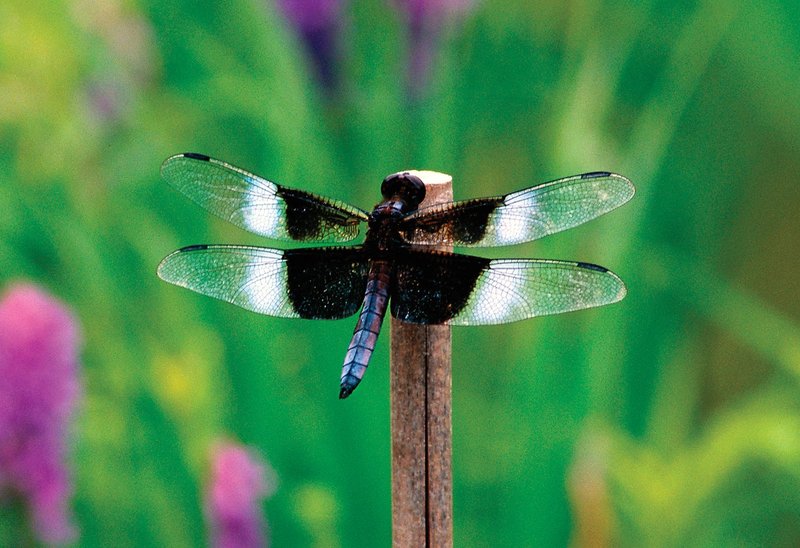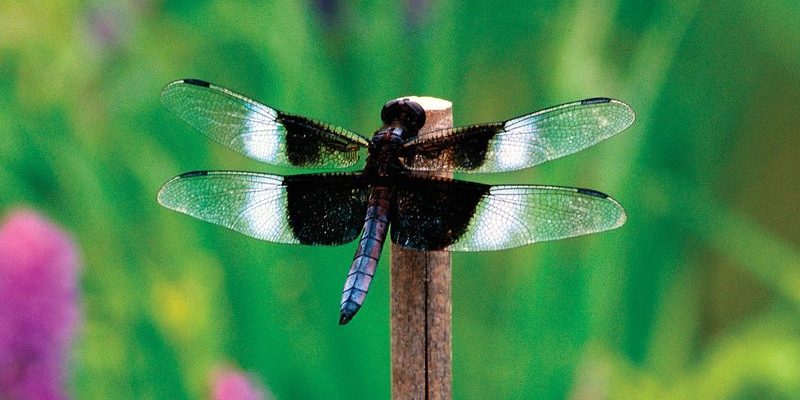
Let’s imagine you’re sitting by a calm lake, cup of coffee in hand, and you spot a dragonfly zipping by. It seems effortless, doesn’t it? The way it hovers, darts, and changes direction is a marvel of nature. Scientists have been drawn to how dragonflies do this – studying everything from their anatomy to their behavior. So, grab your favorite mug and let’s dive into the world of dragonfly studies.
The Unique Anatomy of Dragonflies
Dragonflies are known for their extraordinary anatomy. With two pairs of wings that can move independently, they can fly like no other insect. But what does that really mean? Well, it means they can hover in place, dart forward, or even fly backward! To understand this, scientists have closely examined their muscular structure and wing design.
What’s truly fascinating is how dragonfly wings are shaped. They are long with a delicate membrane, giving them a unique surface area that helps with lift. Research has shown that the way they flap their wings creates vortices that aid in flight efficiency. You might be wondering, how do scientists study these intricacies? They use high-speed cameras to capture their movements, analyzing the data frame by frame. It’s like watching a slow-motion movie of aerial acrobatics!
Biomimicry and Engineering Innovations
The way dragonflies fly has inspired many modern technologies. Scientists and engineers often look to nature for solutions to complex problems—this is called biomimicry. By studying dragonflies, researchers are developing new kinds of drones that can maneuver in tight spaces or hover gracefully. Imagine a drone that can dart around your house to capture those perfect Instagram shots!
Moreover, understanding dragonfly flight can improve existing designs for aircraft. Engineers are using insights from dragonfly wing strokes to create more efficient propellers. The hope is that someday we could have planes that use less fuel and produce less noise.
Dragonflies and Their Role in Ecosystems
Besides their remarkable flight, dragonflies play a vital role in our ecosystems. They’re not just pretty faces; they serve as natural pest controllers, feeding on mosquitoes and other small insects. This makes them crucial partners in keeping our environments balanced.
Scientists have been studying dragonfly populations to understand how they react to environmental changes. For example, when pollution increases in a body of water, dragonfly numbers tend to drop. This makes them excellent indicators of water quality. If you see fewer dragonflies around, it could be a sign that something’s off in the ecosystem.
Research Methods in Studying Dragonflies
So, how do researchers actually study these fascinating creatures? They use a variety of methods:
- Field Studies: Scientists observe dragonflies in their natural habitats, noting their behavior and interactions.
- Laboratory Experiments: Some experiments are conducted in controlled environments to manipulate variables and observe outcomes.
- Genetic Studies: By analyzing DNA, researchers can learn more about dragonfly species and their evolutionary history.
Each method provides valuable data, allowing scientists to piece together the larger puzzle of dragonfly biology and ecology.
Medical Research and the Dragonfly Connection
Believe it or not, dragonflies are also making waves in medical research! Their unique physiology is being studied for potential health benefits. For instance, dragonfly eyes have excellent visual acuity; they can see with near-perfect clarity even in low light conditions. Researchers are exploring how this capability can inspire advancements in visual technologies, like cameras or augmented reality glasses.
Another area of interest is their *hemolymph* (the insect equivalent of blood). Dragonflies possess antimicrobial proteins in their hemolymph that could have applications in medicine, especially in developing new types of antibiotics. Scientists are tapping into nature’s design to solve modern health challenges.
The Impact of Climate Change on Dragonfly Populations
As climate change alters ecosystems, it also impacts dragonfly populations. Studies show shifts in their habitats, with some species moving to new areas in search of suitable environments. The changes in temperature and rainfall patterns can affect their breeding cycles, too. Scientists are closely monitoring these shifts to understand how they might influence other species in the ecosystem.
These observations are essential because they provide insights into broader environmental changes. If dragonflies are impacted, it can signal potential problems for other wildlife and even human communities. Keeping an eye on dragonflies might just be a way to gauge the health of our planet.
Community Engagement in Dragonfly Research
Interestingly, citizen science is playing a vital role in dragonfly research. Many organizations invite the public to participate in dragonfly monitoring. This means that you can help collect data on local populations, contributing to scientific knowledge. It’s a great way to connect with nature and contribute to conservation efforts.
Engaging communities not only helps gather crucial data but also raises awareness about the importance of protecting these incredible insects and their habitats. And who knows? You might develop a newfound appreciation for these agile flyers while doing your part.
As we’ve explored, the study of dragonflies reveals so much about our world—from flight mechanics to ecosystem health and medical advancements. These little creatures might seem ordinary at first glance, but they hold extraordinary secrets that scientists are just beginning to uncover.
It’s exciting to think about where dragonfly research might take us next. Whether inspiring new technologies or helping us understand environmental changes, dragonflies will continue to be a source of fascination and insight. So, the next time you see one buzzing by, take a moment to appreciate just how much there is to learn from these marvelous insects. After all, in the intricate dance of nature, even the smallest beings can teach us the biggest lessons.

